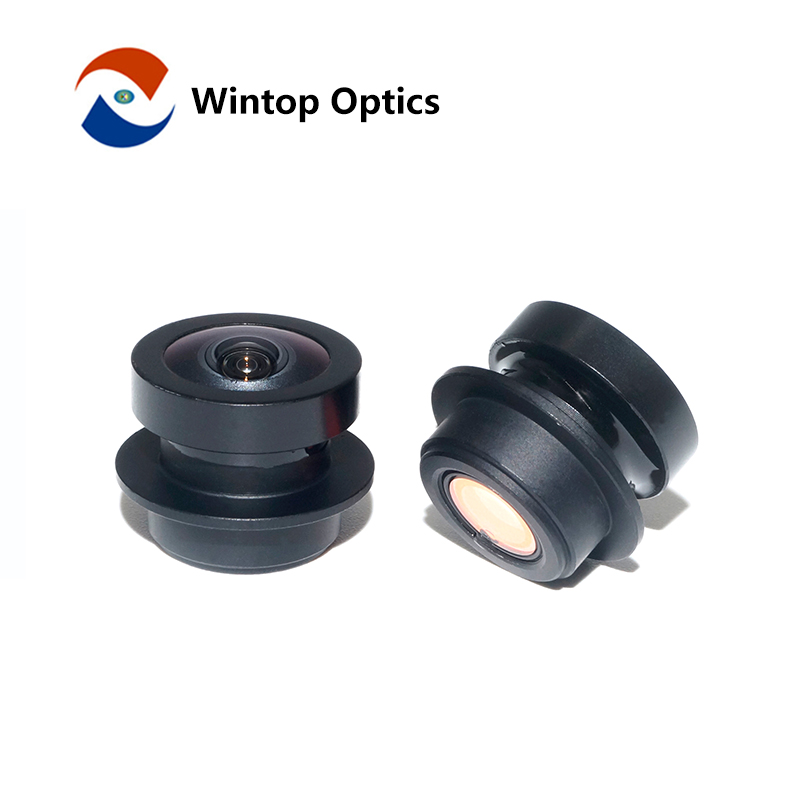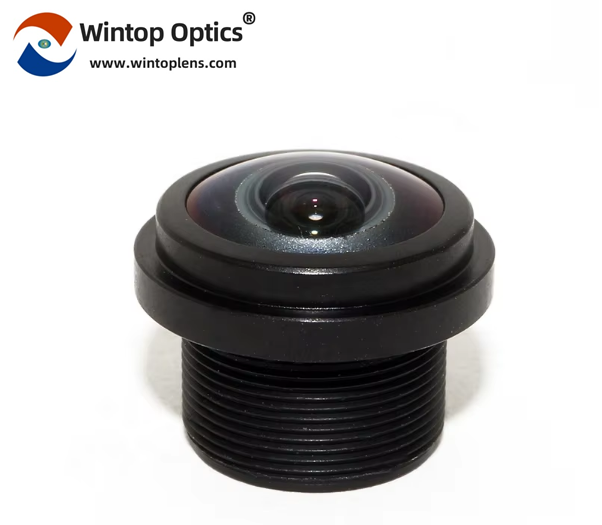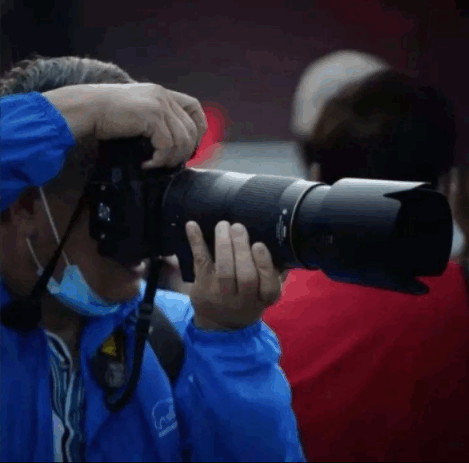What are AA Lenses and 360-Degree Camera Systems?
Jun 27, 2024
In the fast-evolving world of automotive technology, safety and precision are paramount. One of the groundbreaking advancements contributing to these aspects is the development of sophisticated vehicle camera lenses. Among these, the AA lenses have emerged as a game-changer, particularly in applications like car 360 camera lenses and vehicle camera systems.
Understanding AA Lenses
AA lenses, or aspheric lenses, are designed to correct aberrations that occur in conventional spherical lenses. This correction capability allows for sharper images, wider field of view, and better light transmission, which are crucial for automotive applications. The IP67 HFOV 200-degree fisheye lens, such as the YT-7007-E1 from Wintop Optics, exemplifies the pinnacle of AA lens technology. With its high field of view (HFOV) of 200 degrees, it captures an extensive area around the vehicle, ensuring no blind spots are left unchecked.
Vehicle Camera Lens: Enhancing Safety and Performance
Vehicle camera lenses have become integral to modern cars, aiding in various functionalities such as parking assistance, lane departure warnings, and autonomous driving. The superior quality of AA lenses plays a vital role here. These car camera lenses offer high-resolution imagery and broad coverage, crucial for accurate detection and processing by vehicle systems. The IP67 rating of the YT-7007-E1 car camera lens ensures it can withstand harsh environmental conditions, making it reliable for long-term use in different driving scenarios.
Car 360 Camera Lens: A Panoramic Perspective
The car 360 camera lens system has revolutionized vehicle safety by providing drivers with a comprehensive view of their surroundings. This system typically integrates multiple cameras around the vehicle, each equipped with high-performance lenses like the AA lenses. The YT-7007-E1 car camera lens's 200-degree fisheye lens is particularly effective in these systems, offering a seamless panoramic view that significantly reduces the risk of accidents during parking or maneuvering in tight spaces.
Key Features of the YT-7007-E1 AA Lens
High Field of View (HFOV): The 200-degree HFOV ensures extensive coverage around the vehicle, capturing critical areas that traditional lenses might miss.
Aspheric Design: The aspheric design corrects distortions and aberrations, providing clear and accurate images.
Durability: With an IP67 rating, the lens is resistant to dust and water, ensuring reliable performance in various environmental conditions.
Versatility: Ideal for integration into car 360 camera lens systems, enhancing the overall safety and functionality of modern vehicles.



